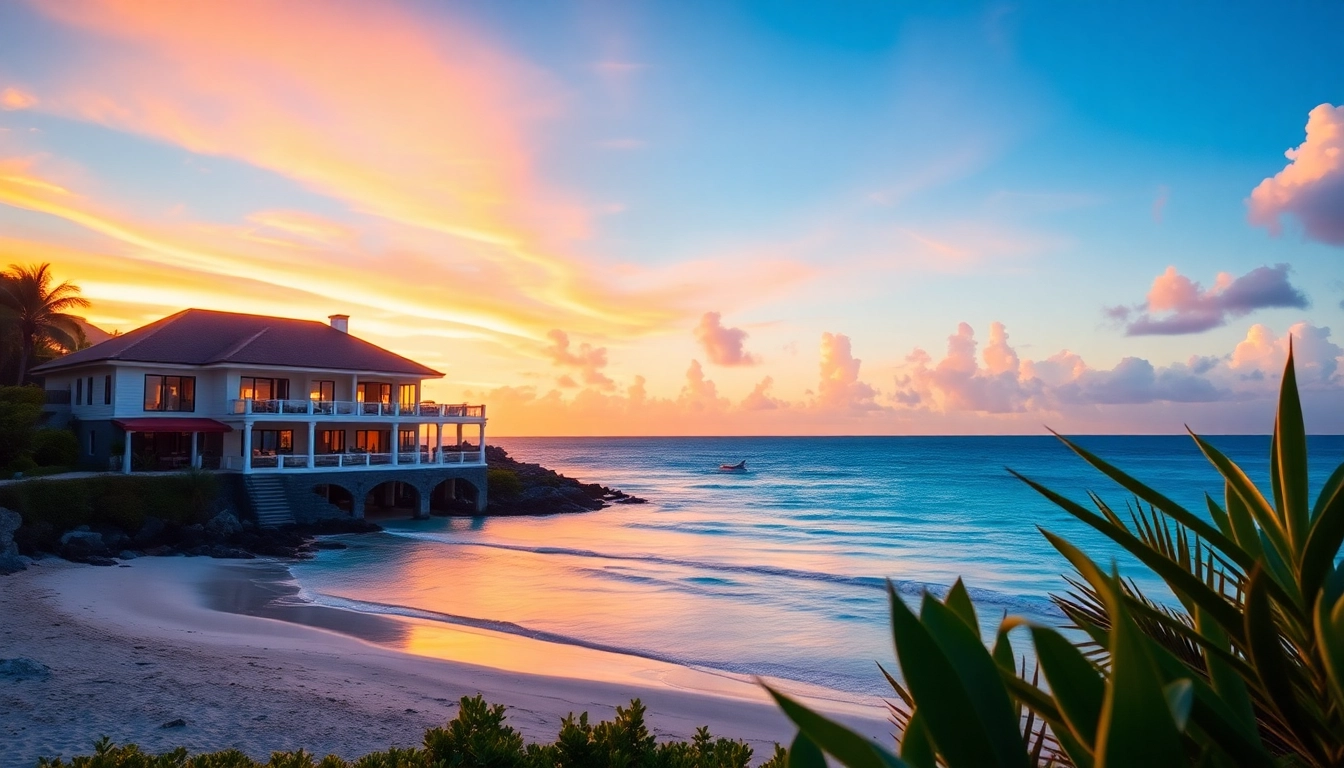Understanding the Annapurna Circuit Trek
Overview of the Annapurna Circuit Trek
The Annapurna Circuit Trek is widely regarded as one of the world’s most scenic and diverse trekking routes, weaving through the majestic mountain ranges of central Nepal. With a length typically ranging from 160 to 230 kilometers, under varying conditions and trek terminus points, each adventurer can tailor their experience. This trek traverses a unique blend of lush valleys, terraced fields, and stunning high-altitude passes, ultimately peaking at Thorong La Pass at an altitude of 5,416 meters (17,769 feet). The path not only challenges trekkers physically but also offers an immersive cultural experience, allowing participants to engage with vibrant local communities peppered throughout the route.
Historical Significance and Development
The historical significance of the Annapurna Circuit lies in its legacy as a once-remote route that facilitated cultural exchanges and trade. Initially navigated by indigenous communities, the trek gained popularity with the influx of Western trekkers in the late 20th century, particularly after it was officially opened to foreign trekkers in 1977. Knowledge of the Annapurna region quickly spread worldwide, and it has become a cornerstone of Nepal’s trekking tourism, promoting both conservation efforts and local economies. The community-driven approach to tourism has led to several initiatives aimed at preserving the natural landscape and supporting the local culture, evolving into a sustainable model celebrated globally.
Typical Trek Duration and Distance
The duration of the Annapurna Circuit Trek varies based on individual pace, acclimatization needs, and the chosen route. Standard trekking itineraries range from 12 to 22 days, incorporating a mix of day hikes and rest periods. While the classic loop covers 160 kilometers (about 100 miles), variation in track closures and personal adjustments can extend this distance, with some trekkers covering over 230 kilometers. Careful planning allows trekkers to tailor their journey based on fitness levels, cultural interests, and time constraints, making it one of the most adaptable trekking routes in Nepal.
Planning Your Annapurna Circuit Trek
How to Choose the Right Time of Year
Choosing the right time to embark on the Annapurna Circuit Trek is crucial for a memorable experience. The optimal trekking seasons are generally considered to be in spring (March to May) and autumn (September to November). During these months, temperatures are moderate, and weather conditions are usually stable, ensuring clear views of the stunning Himalayan scenery. However, trekkers should be aware of potential weather fluctuations, especially regarding snow accumulation in higher regions during late autumn and early spring.
Essential Gear for the Annapurna Circuit Trek
Investing in the right gear is vital for a successful trekking experience on the Annapurna Circuit. Essential items include:
- Durable trekking boots for stability and comfort.
- Weather-resistant clothing, layering for temperature changes.
- A quality sleeping bag, rated for low temperatures.
- Water purification tablets or filters to ensure safe drinking water.
- Portable power banks for charging electronic devices.
Additionally, trekking poles can significantly enhance stability and reduce fatigue during the varying terrains encountered on the trek. It’s advisable to test your gear on shorter hikes before the circuit to ensure comfort and suitability.
Permits and Regulations for Trekking
Trekking the Annapurna Circuit requires securing specific permits to ensure responsible trekking within protected areas. The Annapurna Conservation Area Permit (ACAP) is mandatory for all trekkers alongside the Trekkers’ Information Management System (TIMS) card. These permits not only contribute to conservation efforts but also monitor trekker safety. It is advised to acquire these permits in advance, typically through registered trekking agencies or at entry points in Nepal.
Navigating the Annapurna Circuit Landscape
Exploring Key Highlights Along the Route
The Annapurna Circuit is enriched with numerous highlights that make the journey unforgettable. Key attractions include:
- The breathtaking Thorong La Pass, the highest point of the trek.
- The scenic village of Manang, known for its unique culture and stunning views.
- The vibrant Gurung community in Ghandruk, offering insight into local lifestyle.
- Tilicho Lake, one of the highest lakes in the world, renowned for its vast beauty.
Each of these highlights presents trekkers with new vistas and cultural encounters, enriching their experience of the Annapurna region.
Understanding the Cultural Significance of Villages
As trekkers journey through the Annapurna Circuit, engaging with local villages offers invaluable insights into the rich tapestry of Nepali culture. Communities such as the Gurung, Magar, and Thakali contribute to this mosaic, showcasing distinct languages, customs, and practices. Visit local monasteries, participate in traditional festivals or even share a meal with a local family to gain a deeper understanding of their way of life. Through respectful interaction, trekkers become part of an ongoing conversation of cultural exchange that honors both visitors and hosts alike.
Weather Patterns and Challenges
Understanding weather patterns along the Annapurna Circuit is essential for preparing adequately. The region experiences a mix of climatic conditions due to its diverse topography and elevation changes. Trekkers should be prepared for sudden weather changes, particularly in high-altitude areas, where conditions can shift rapidly. Expect substantial temperature drops at night and potential rain during monsoon season (June to August). Having contingency plans and flexibility in your itinerary can help to mitigate these unpredictable elements.
Safety Tips and Health Considerations
Altitude Sickness Awareness
Altitude sickness is a significant concern for trekkers ascending to high elevations within the Annapurna Circuit. Acclimatization is essential; trekkers should ascend gradually and include rest days in their itinerary to allow their bodies to adjust to diminishing oxygen levels. Symptoms of altitude sickness can range from mild (headaches and fatigue) to severe (nausea and confusion). Recognizing these symptoms early and descending to a lower elevation if needed is crucial for safety.
Staying Hydrated and Nourished
Hydration is a key factor in maintaining wellbeing during the trek. Trekkers should aim to drink at least 3-4 liters of water daily, especially at higher altitudes, where dehydration can accelerate symptoms of altitude sickness. Nourishing meals, consisting of carbohydrates and proteins, support energy levels throughout the journey, making it essential to choose eateries wisely. Local tea houses often serve nutritious meals, taking advantage of locally sourced ingredients, providing both sustenance and a taste of regional cuisine.
Emergency Protocols During the Trek
Trekking can present unforeseen challenges; thus, understanding emergency protocols is vital. Carry a first-aid kit and familiarize yourself with the signs of potential emergencies, including altitude sickness, injuries, and extreme weather conditions. Identifying the nearest medical facilities along the route can help prepare for unforeseen events. Additionally, trekking in groups enhances safety, as communication and shared responsibility can address emergencies promptly.
Enhancing Your Experience on the Annapurna Circuit Trek
Connecting with Local Communities
Engagement with local communities not only enriches the trekking experience but also fosters mutual respect and understanding. Many villages offer opportunities for cultural exchanges, providing insights into traditional crafts, music, and daily life. Participating in local festivals or ceremonies can also enhance your connection to the landscape and cultures that make up the Annapurna region. Such interactions create lasting memories and contribute to the preservation of local traditions.
Photography Tips for Capturing the Himalayas
Capturing the stunning landscapes and dynamic communities of the Annapurna Circuit requires preparation and skill. Key photography tips include:
- Use natural lighting – early mornings and late afternoons provide the best light.
- Bring extra batteries and memory cards, as access to electricity may be limited.
- Frame shots to include both the scenery and local culture, telling a richer story.
- Embrace various perspectives; high vantage points can enhance the grandeur of the mountains.
Recording these experiences not only provides personal keepsakes but also inspires others to appreciate the beauty and complexity of the Annapurna Circuit.
Post-Trek Reflections and Stories
The journey does not end upon completion of the Annapurna Circuit Trek. Reflecting on your experiences, journaling about insights, challenges, and moments of beauty can solidify personal growth achieved during the trek. Sharing your story, whether through social media, blogs, or community gatherings, contributes to a shared narrative that connects fellow trekkers and inspires others’ adventures in this extraordinary part of the world.















Leave a Reply